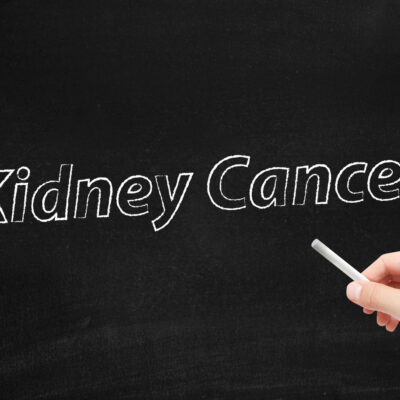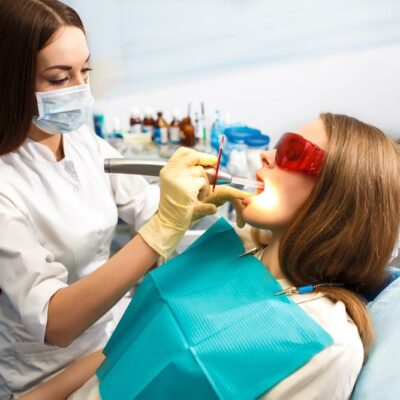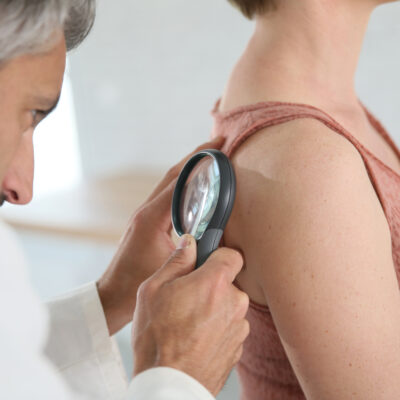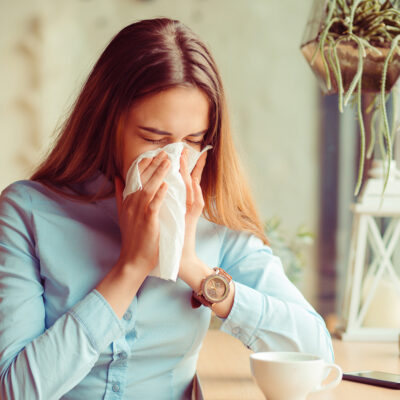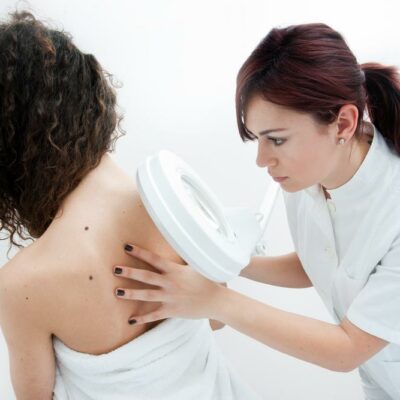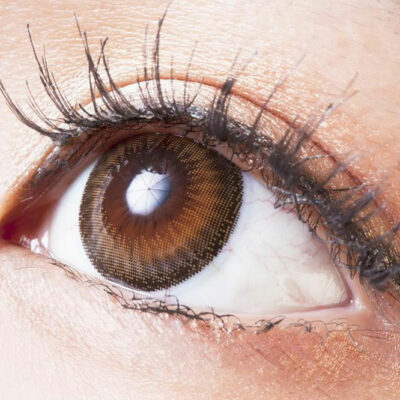
Health
Diagnosis, Risk Factors, and Symptoms of Sleep Apnea
Sleep apnea is a severe condition that causes people to stop breathing while they are asleep. The air passage gets obstructed, causing an insufficient amount of air to reach your lungs. It is usually accompanied by loud snoring as the air is trying to force itself through the obstruction. There are two kinds of sleep apnea, namely obstructive sleep apnea and central sleep apnea. Obstructive sleep apnea is caused by an obstruction in the air passage, which can happen due to the tongue falling backward and narrowing the passage during sleep. This could also happen when the muscles in the throat start to relax. On the other hand, central sleep apnea occurs when the brain fails to send signals to the respiratory muscles. The signs and symptoms of sleep apnea depend on the severity of the condition. Risk factors These are some of the factors that can increase your risk of developing obstructive sleep apnea: Gender Men are 2-3 times more likely to develop sleep apnea than women. Women are at a higher risk after menopause. Weight Being obese may cause fat to deposit around the air passage, obstructing it. Age People older in age are more likely to get affected by sleep apnea.
Read More 